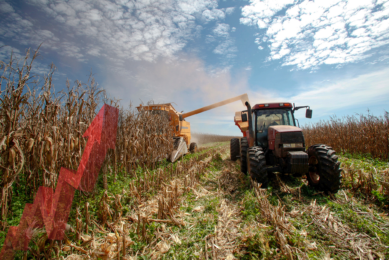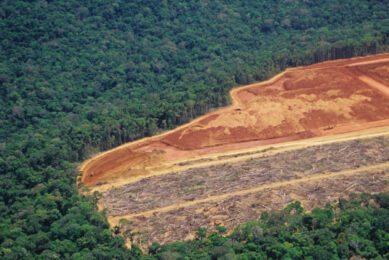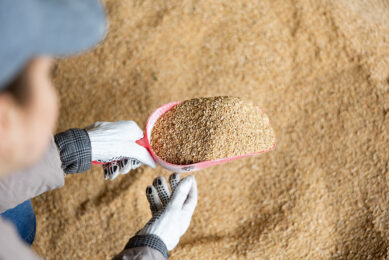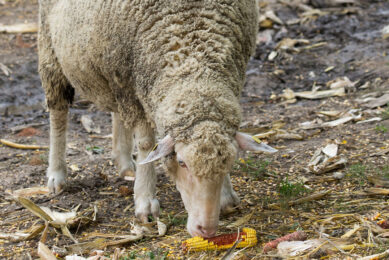Natural raw materials for better animal health
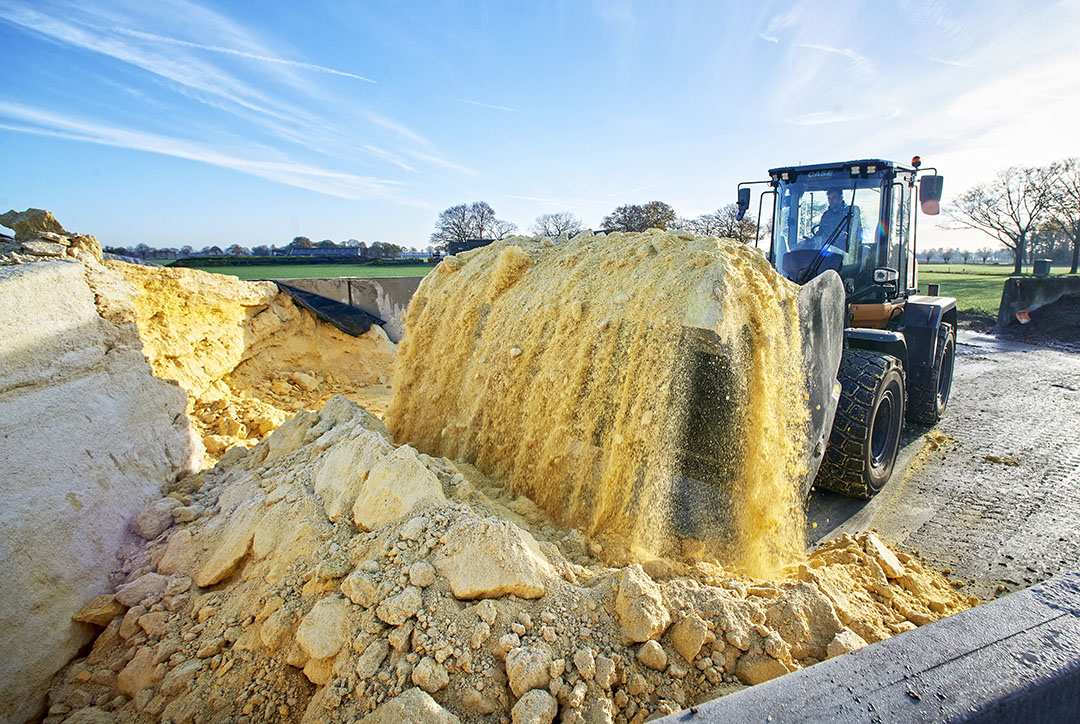
Commercial feed ingredients alone are usually not as palatable and nutritionally optimal as the balanced feed diet.
However, such ingredients offer secured availability as nutritionally and health-related optimal raw ingredients. Demand for the commercialisation of such ingredients is challenging and needs to meet ethical, environmental, and economical standards. Thus, the feed industry is seeking alternative natural ingredients that will promote growth whilst at the same time maintaining the health of domestic animals.
Search for healthy alternatives
The use of sustainable ingredients limits global warming, protects the eco system and respects natural resources. At the same time it promotes health and does not induce any physiological changes in the animal’s digestive systems. Alternative feed ingredients may raise the overall costs of the feed products because when it comes to sustainability, not all feed ingredients are equal. Sustainable raw ingredients and health promotors must come from defined sources, and ecolabels may help to triangulate possible limitations.
Single-cell alternatives
Quality feed proteins will require alternative ingredients: such ingredients must be palatable, commercially available, and consistent. Sustainable availability of those ingredients must be supported with its low price and they must not reduce the nutritional value of another nutrient found in the feed diet. Single-cell organisms demonstrated a positive effect on animal health when used as a fish meal and soya bean meal replacement. Good substitutes may come from microalgae, bacterial meal, and yeasts. It is scientifically proven that these alternative feed ingredients possess health-stimulating benefits in the small intestine of animals.
Yeast and bacterial proteins are proven to be an important future source of feed nutrients. Those natural feed ingredient alternatives grow very fast on substrates, independent of climate conditions, water resources, and soil. Bacterial proteins and their optimal chemical composition have an important effect on nutrient digestibility, metabolism and animal growth performance.
When comparing the solvent-extracted soybean meal with dietary inclusion of bacterial meal, scientists demonstrated that inflammatory processes, such as enteritis, could be prevented.
Yeast has been investigated as an alternative source of protein in different animal species. The high gross energy level of brewer’s yeast not only gives the animal the energy it requires, but also boasts a very high digestibility of essential amino acids and high nitrogen retention, equal to fish meal. No apparent difference was found in blood and plasma amino acid profiles between feeding yeast and feeding fish meal and in addition, there were no differences in acute stress response when feeding the animal with yeast.
Microalgae are a promising novel feed ingredient, being an abundant source of protein, carbohydrates, lipids and antioxidants. Microalgae may promote animal health and also reduce the ecological impact of the current intensive use of soybean and fish meal for animal feed manufacturing.
Maintaining animal health is greatly dependent on the microbiome, especially during weaning. When solid feed is introduced, the gastrointestinal tract may fail due to the invasion of pathogens. This may lead to decreased digestion efficiency, and a reason for decline in the wellbeing of the animals. Intake of prebiotics modulates the intestinal microbiota and changes composition of the microbiota. Prebiotics are indigestible, but they are available as an energy source to the bacteria inhabiting the lower gastrointestinal tract of the animals. Keeping healthy gut bacteria can optimise utilisation of nutrients from the sustainable ingredients.
Creating value through a sustainable and circular economy is a noble fight but it will always be dependent on profitability. The health of livestock animals, however, must be a priority.




